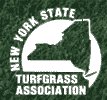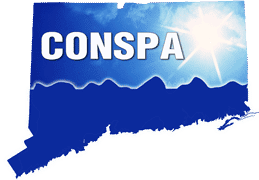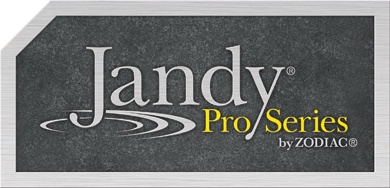Once you say the word “bioswale,” it’s sort of hard to stop. Try it. And while you become enamored with the word, we’ll explain what the heck it is and what you should do with it.
Seriously — What IS A Bioswale?
Bioswales are landscape elements designed to remove silt and pollution from surface runoff water. Troughs with gently sloped sides, they’re filled with vegetation, providing a path for water to run through slowly, rather than rushing off into a storm sewer or local waterway.
Storm water runoff picks up all sorts of pollutants and contaminants on its way into storm drains, streams and lakes. The plants and soil in the bioswale slow and clean the runoff before it enters the water table. Properly landscaped, they can be pretty while doing their job at the same time.
What To Plant In A Bioswale
Good plants for a bioswale include hardy, strong-rooted perennials and grasses that can tolerate both wet and dry conditions.
Bioswale plants have to tolerate standing water, but also need to thrive when the water dries up. Each bioswale actually has several growing “zones” with different needs.
The center, and deepest, part of the bioswale prefers plants that love moisture. The middle of the sloping sides prefers wet to dry plants, while the upper rim likes drier types of vegetation.
Native plants — plants that grow naturally or have existed for many years in an area — are great choices for bioswales. Here’s why:
- Native plants love the local climate. Once planted and established, they don’t need extra water or fertilizer.
- Many are deep rooted, so they’ll survive droughts.
- Native plants provide habitat and food for native wildlife. Bees, butterflies, beetles and birds — all important pollinators — love them.
Native Plants Neave Loves
The good news is there are lots of native plants to choose from here in New York and Connecticut, including wildflowers, sedges, rushes, ferns, shrubs and small trees.
Native switchgrass is a good start, and there are several varieties to mix and match. Add some color with sturdy flowering perennials native to this area — maybe sneezeweed, bee balm, Joe Pye weed or milkweed.
For height and structure, consider shrubs and small trees; try winterberry or American hornbeam.
Leave It To Neave
The experts at Neave Storm Water know all about bioswales and their needs. Our team of highly trained drainage specialists can analyze your site and figure out solutions for all your drainage issues.
Plan ahead for your drainage issues and you’ll help alleviate major repair costs, insurance headaches and stress by ensuring that your property functions properly when heavy rains hit.
Neave Storm Water can develop a custom bioswale for your property to address your specific drainage needs. And Neave Landscaping has all the plants to make it both functional and beautiful.
If you’re in the Hudson Valley, call us at (845) 463-0592. If you’re in Westchester County, call (914) 271-7996; from Connecticut, dial (203) 212-4800. Or, fill out our simple web form, and we’ll contact you about setting up your free consultation.
Image credits: Bee balm & switchgrass, Joe Pye weed























